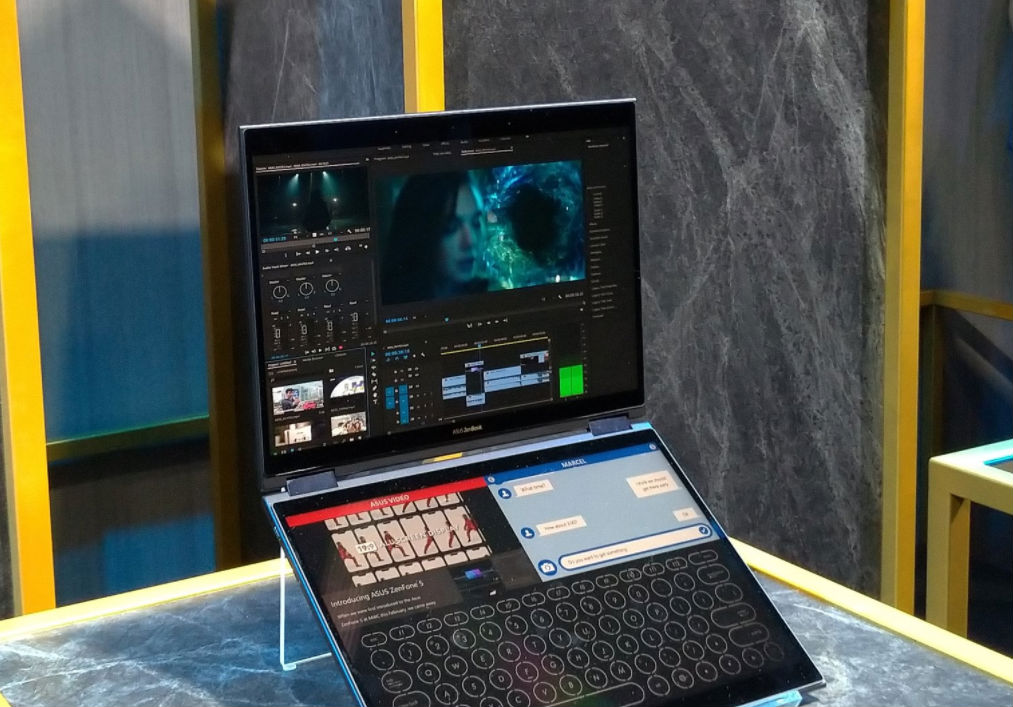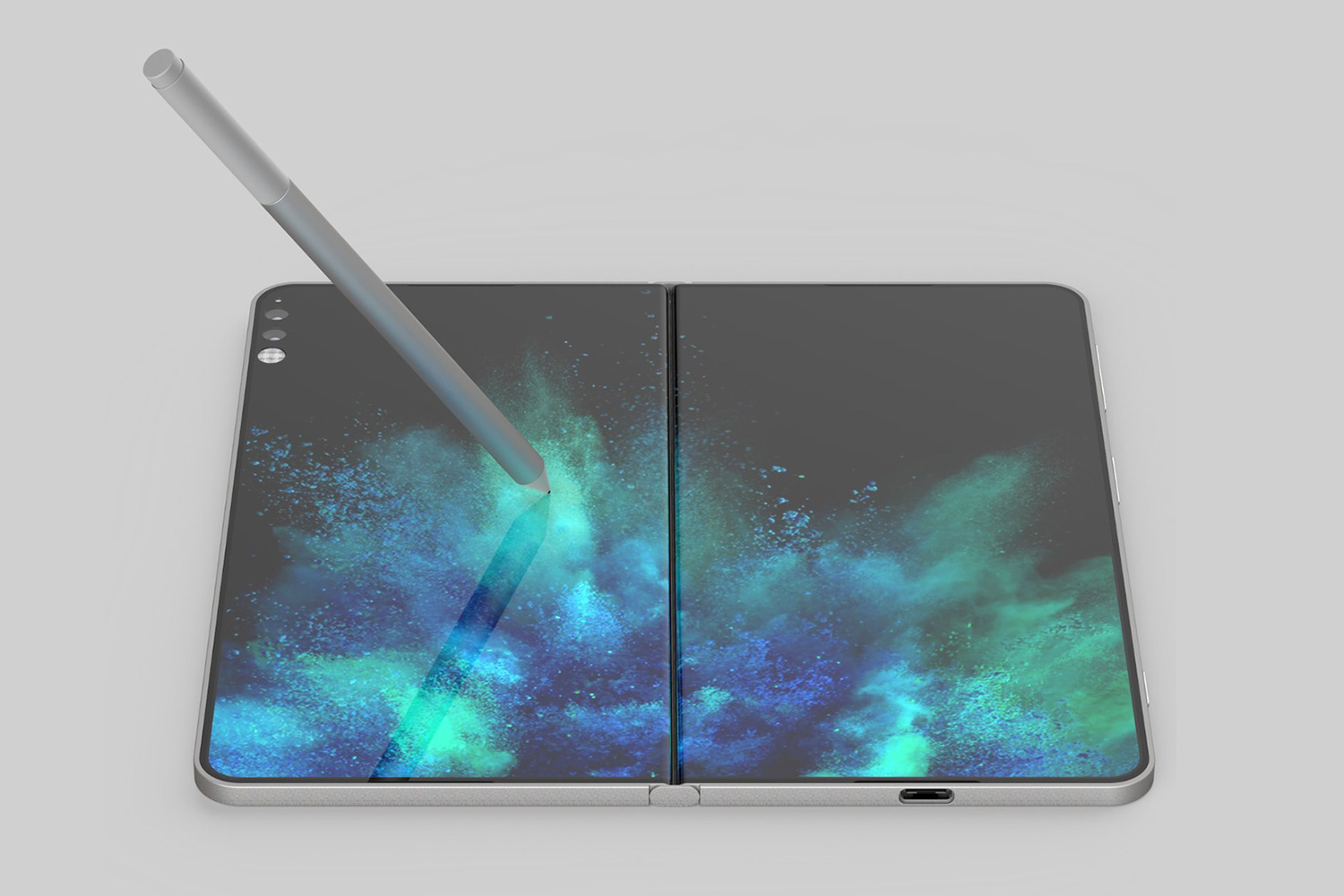
Asus, Lenovo, Intel all came to Computex 2018 with a laptop that has two screens — and no keyboard. The news came just days before Dell was rumored to be working on a similar devices, and after years of speculation that both Microsoft and Apple have them in the works.
What gives? People aren’t exactly itching to ditch their keyboards — but, then again, they didn’t know they wanted an iPhone or an ultrabook, either. The big names in laptops seem convinced that laptops with a traditional, physical keyboard are on their way out.
Intel is leading the way
Intel isn’t known for consumer-facing devices, but its technology does enable new designs. Intel often sets the agenda for where things are headed. Today’s ultra-thin laptops likely wouldn’t exist without Intel’s ultrabook push.
Intel surprised everyone at Computex with a dual-screen prototype device called Tiger Rapids. It’s clearly made in the vein of the Microsoft Courier or the original Lenovo Yoga Book — a small, 7.9-inch 2-in-1 device resembling a spiral notebook. It’s not just small, it’s tiny! It’s even thinner than an iPhone 8.

It doesn’t have a keyboard, but where the keyboard deck would normally be is an E-ink display that can handle handle typing, inking, and touch equally. Intel also had a version with a standard, secondary LCD screen. While it can be used as a more conventional display, the E-ink version provides much better battery life — up to 15 hours, according to Intel.
Like Intel’s other hardware products, Tiger Rapids isn’t something you’ll be able to pick up at Best Buy. But before the end of year, you can bet you’ll see Intel and Microsoft’s manufacturing partners like Dell, Lenovo, and Asus following suit. In fact, if you want to see a dual-screen laptop that’s already turning heads, just look at what Asus has been up to.
The future is now
Asus’ Project Precog is a a concept meant to represent the future potential of this form factor, if only we’d check our assumptions at the door.
You might be surprised to see such an advanced conception come from a company like Asus, but let’s not forget the company’s past. Asus was a leading partner with Intel on the first ultrabooks, built the first detachable 2-in-1, and made netbooks a thing.
Precog combines contextual AI technology with a dual-screen setup that unlocks touchscreen capabilities in ways not previously possible. One example is a feature Asus calls ‘Intelligent Touch,’ which seeks to transform the entire keyboard deck into a more contextual space.

“Intelligent Touch automatically recognizes the input device you’re using and changes the virtual interface accordingly,” the company says. “It can automatically adjust the keyboard location depending on where you place your fingertips, or automatically switch to stylus mode when a stylus touches the lower screen.”
The bottom screen will know the kind of activity you’re trying to accomplish, and provide the corresponding tools you need. If a mouse is plugged in, space for the touchpad will be disappear. If you’re using touch interfaces, the keyboard itself will disappear.
That’s only the beginning
Neither prototype is perfect. They’re only concepts, and don’t address the need for a tactile experience while typing. After all, laptops are meant for productivity, and digital keyboards must be improved to increase speed, comfort, and accuracy. But that’s coming. Numerous patents and experimental solutions are in the works.
This puts the spotlight on Microsoft and Apple. Rumors of a Surface Phone have circled Microsoft for years. Now that we’ve seen Intel’s idea of what such a 2-in-1 device would look like, the chances we’ll see a similar device from Microsoft later this year have significantly increased.

On the other side of the pond, Apple insists that the Mac and the iPhone will be two separate platforms for the rest of eternity. Yet Apple is trying to bring iOS apps over to the Mac, and has been actively experimenting with dual-screen laptops behind closed doors. It’s likely the Mac’s Touch Bar is only the beginning of a transformation toward a dual-screen MacBook.
We’re not saying physical, mechanical keyboards will cease to exist. Some people will always want that, and for them, they’ll always exist. Most people, though, should get ready to kiss that keyboard goodbye.


